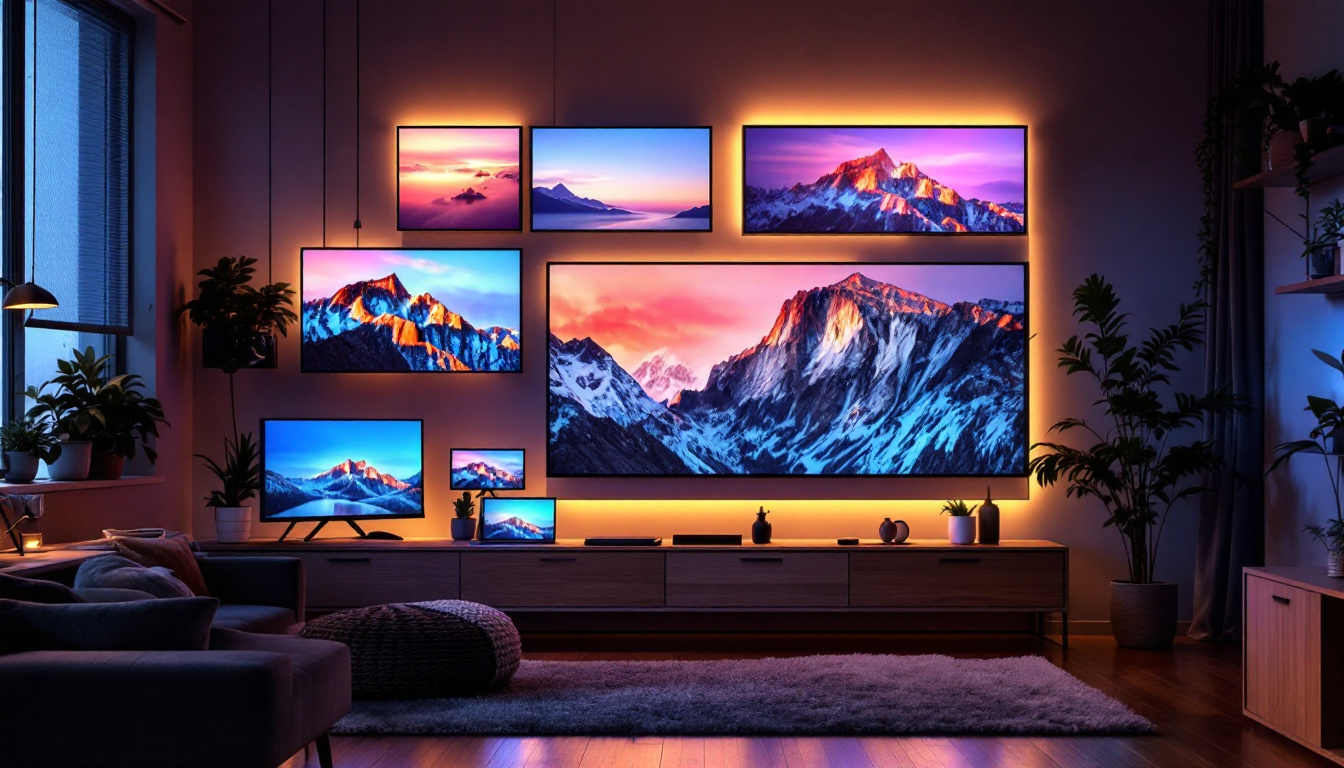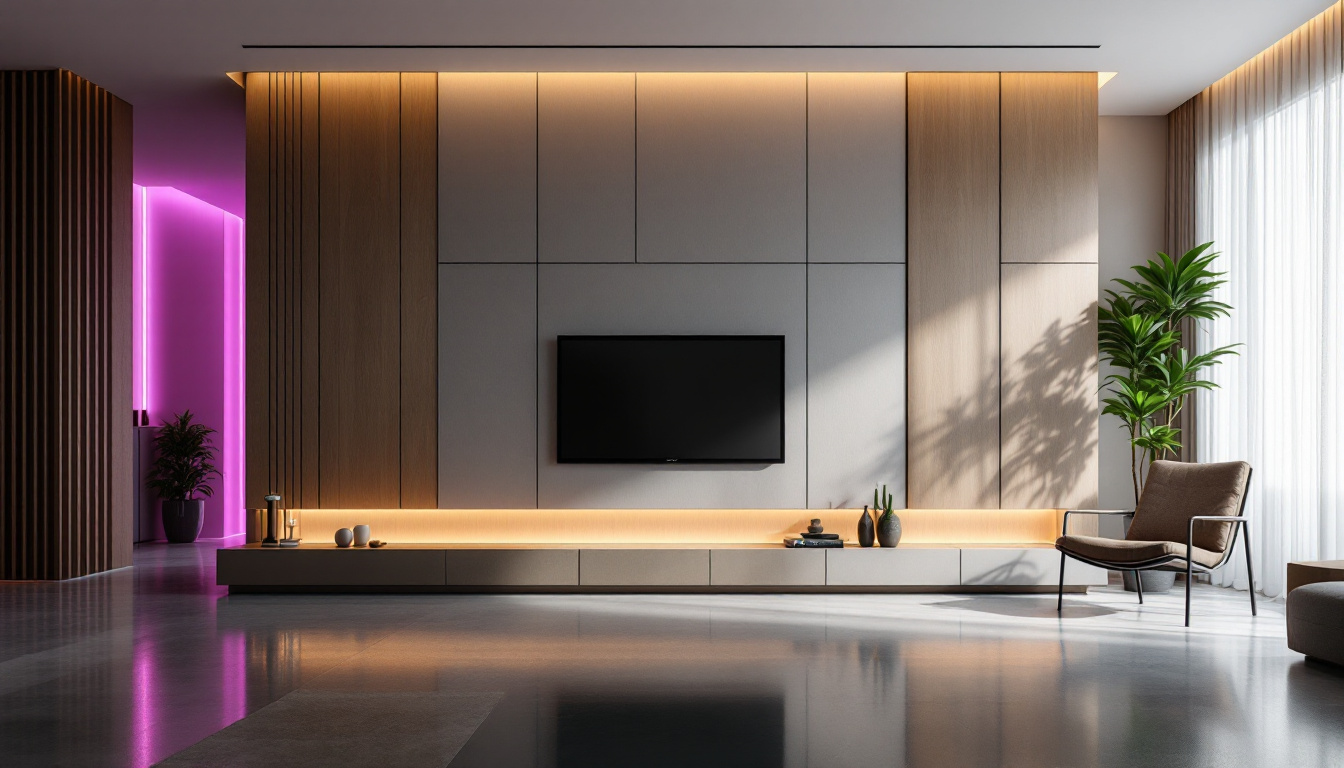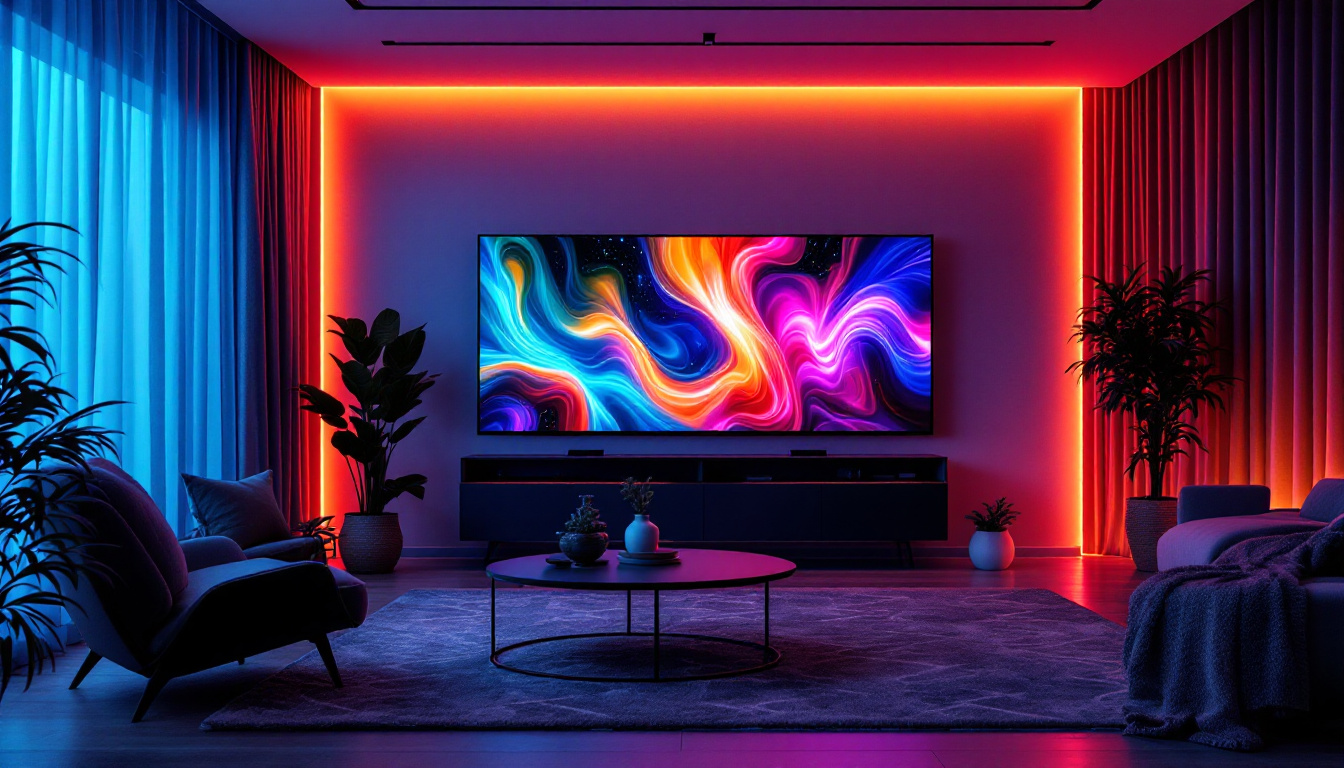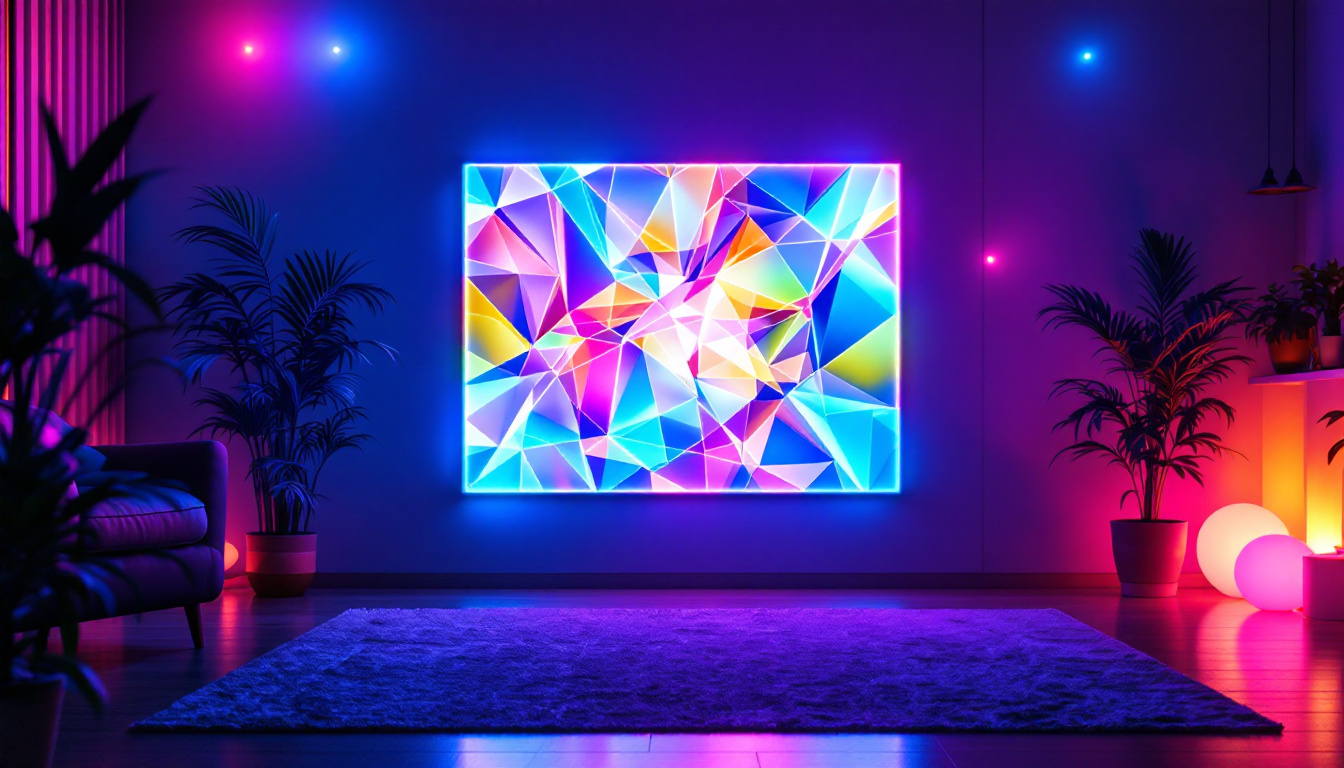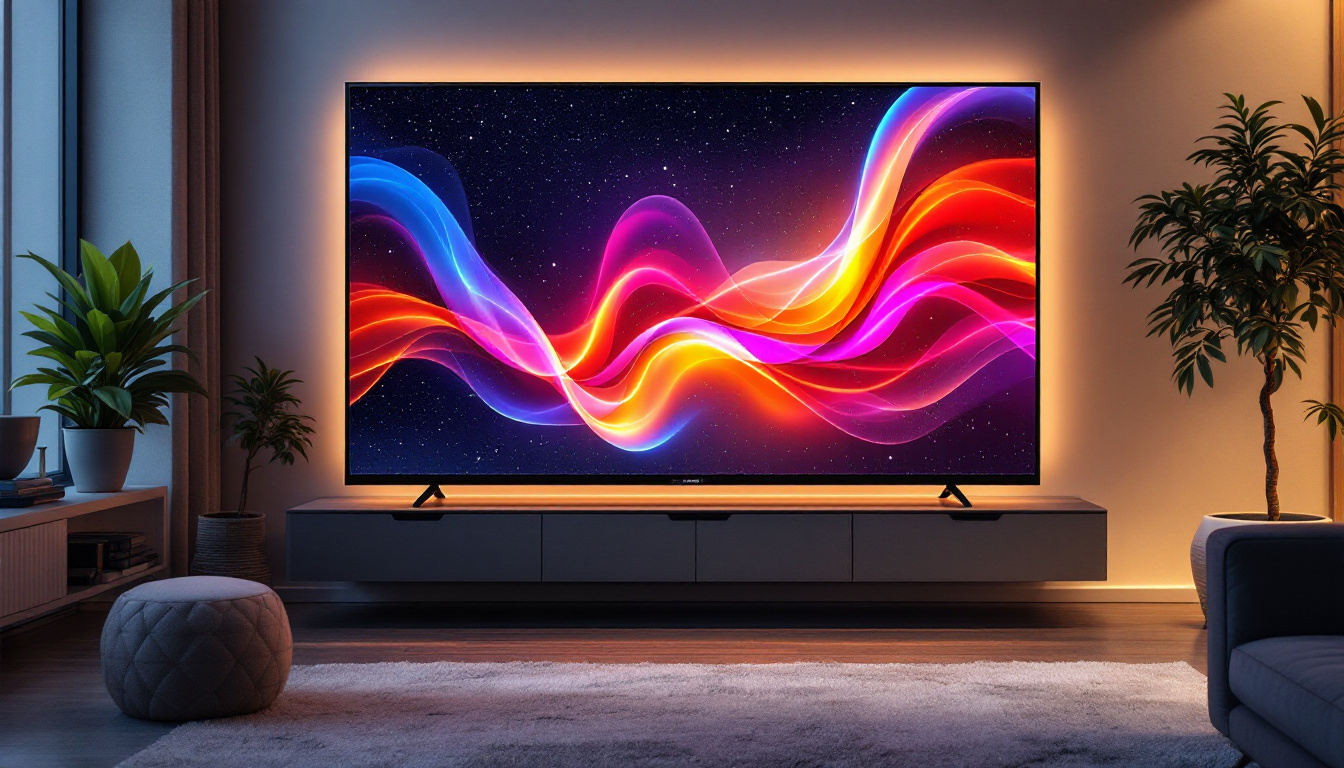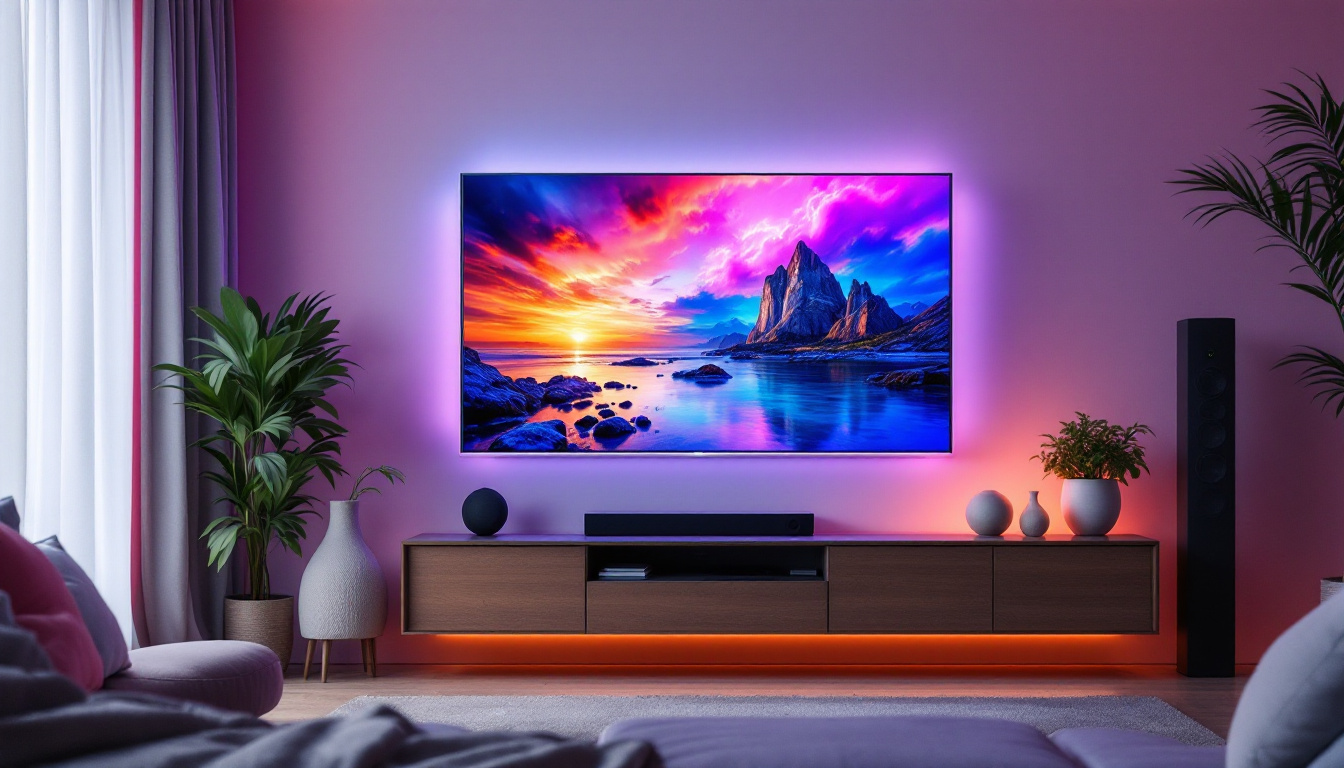In the realm of visual technology, projectors have evolved significantly over the years. Among the various types of projectors available today, LCD (Liquid Crystal Display) and LED (Light Emitting Diode) projectors stand out for their unique characteristics and advantages. Understanding how these technologies work and their implications for users is essential for making informed decisions when selecting a projector.
Understanding LCD Projectors
LCD projectors utilize liquid crystal technology to produce images. They operate by passing light through liquid crystals, which modulate the light to create images on a screen. This technology has been widely adopted due to its ability to deliver sharp and vibrant images, making it suitable for various applications, from home theaters to business presentations.
How LCD Projectors Work
The core of an LCD projector consists of three primary components: the light source, the LCD panels, and the projection lens. The light source, typically a high-intensity lamp, generates white light that is split into three primary colors: red, green, and blue (RGB). Each color is then sent to its respective LCD panel, where the liquid crystals manipulate the light intensity to create the desired image.
After the colors are processed, they are combined and projected through a lens onto a screen. The result is a full-color image that is bright and detailed. This method of image creation allows for excellent color reproduction, which is one of the key advantages of LCD technology. Furthermore, the resolution of LCD projectors can vary, with options ranging from standard definition to high definition, catering to different needs and preferences. Higher resolution models are particularly beneficial for displaying intricate details in images and videos, making them a popular choice for professional environments.
Advantages of LCD Projectors
One of the most significant advantages of LCD projectors is their ability to produce bright images, even in well-lit environments. This makes them ideal for classrooms, conference rooms, and other settings where ambient light cannot be completely controlled. Additionally, LCD projectors tend to have better color accuracy compared to some other types of projectors, ensuring that images appear vibrant and true to life.
Moreover, LCD projectors generally have a longer lifespan than traditional lamps, leading to lower maintenance costs over time. They are also lightweight and portable, making them easy to transport and set up in various locations. Another noteworthy benefit is their relatively quiet operation, which is essential during presentations or movie screenings where distractions must be minimized. Many modern LCD projectors also come equipped with features such as built-in speakers, wireless connectivity, and compatibility with various devices, enhancing their versatility and ease of use. These advancements make them an increasingly popular choice for both casual users and professionals alike, as they continue to evolve with technology trends.
Exploring LED Projectors
LED projectors represent a newer technology in the projector market, utilizing light-emitting diodes as their light source. This technology has gained popularity due to its energy efficiency, compact size, and longer lifespan compared to traditional lamp-based projectors.
How LED Projectors Work
Unlike LCD projectors, LED projectors use LEDs to generate light, which is then passed through a series of optical components to create an image. The light produced by LEDs is inherently more efficient and can achieve higher brightness levels with less power consumption. This efficiency translates into longer operational life, often exceeding 20,000 hours, which is significantly longer than traditional projector lamps.
The image quality produced by LED projectors can rival that of LCD projectors, particularly in terms of color vibrancy and contrast. The use of LEDs allows for a wider color gamut, which means that LED projectors can display more colors than their LCD counterparts, resulting in richer and more immersive images. Furthermore, the rapid response time of LEDs contributes to smoother motion rendering, making them ideal for displaying fast-paced video content, such as sports or action films, without blurring or ghosting.
Advantages of LED Projectors
One of the standout benefits of LED projectors is their energy efficiency. They consume less power, which not only reduces electricity costs but also minimizes heat generation, leading to quieter operation. This makes LED projectors particularly appealing for home theater setups where noise can be a distraction. Additionally, the low heat output means that LED projectors can maintain consistent performance without the need for extensive cooling systems, further enhancing their reliability and longevity.
Additionally, LED projectors are often more compact and lightweight than traditional projectors, making them highly portable. This portability is advantageous for users who need to move their projector frequently, such as educators or business professionals who present in various locations. Many LED projectors also come equipped with built-in battery options, allowing for truly wireless presentations in outdoor settings or locations without easy access to power outlets. The versatility of LED projectors extends beyond just portability; they often support a variety of connectivity options, including HDMI, USB, and wireless streaming, making it easy to connect to a range of devices from laptops to smartphones.
Comparing LCD and LED Projectors
When choosing between LCD and LED projectors, it is essential to consider various factors, including image quality, brightness, lifespan, and intended use. Each technology has its unique strengths and weaknesses, which can influence the decision-making process.
Image Quality
In terms of image quality, both LCD and LED projectors have their merits. LCD projectors are known for their excellent color accuracy and brightness, making them suitable for environments with significant ambient light. On the other hand, LED projectors excel in color vibrancy and contrast, providing a more immersive viewing experience, particularly in darker settings.
Ultimately, the choice between the two may depend on specific use cases. For presentations in bright rooms, an LCD projector may be the better option, while for home theaters or environments where light control is possible, an LED projector could provide a more engaging experience.
Brightness and Lifespan
Brightness is another critical factor to consider. LCD projectors typically have higher lumens ratings, which means they can produce brighter images, making them more effective in well-lit environments. However, LED projectors have made significant strides in this area, with many models now offering adequate brightness for various applications.
When it comes to lifespan, LED projectors have a clear advantage. With their long operational life, users can enjoy years of reliable performance without the need for frequent lamp replacements. This longevity can lead to lower overall costs, especially for users who rely on their projectors for regular use.
Applications of LCD and LED Projectors
The applications for both LCD and LED projectors are vast and varied, catering to different needs and environments. Understanding the specific use cases for each type can help users make informed decisions based on their requirements.
Educational Settings
In educational settings, projectors play a crucial role in enhancing the learning experience. LCD projectors are often favored in classrooms due to their brightness and color accuracy, making them ideal for displaying educational content in well-lit environments. They are capable of producing sharp images that help students engage with the material being presented.
However, LED projectors are also gaining traction in educational institutions, particularly for portable setups or in smaller classrooms where low noise levels and energy efficiency are valued. Their long lifespan and reduced maintenance needs make them an attractive option for schools looking to optimize their technology investments.
Business Presentations
For business presentations, both LCD and LED projectors have their place. LCD projectors are commonly used in conference rooms and meeting spaces, where their brightness and clarity can effectively convey information to larger audiences. The ability to display detailed graphs, charts, and images with precision is essential in a professional setting.
Conversely, LED projectors are becoming increasingly popular for mobile professionals who need to present in various locations. Their lightweight design and energy efficiency make them easy to transport, while their vibrant image quality can captivate audiences, even in less-than-ideal lighting conditions.
Choosing the Right Projector for Your Needs
When selecting a projector, it is essential to assess individual needs and preferences. Factors such as the intended use, budget, and desired features should all be taken into account to ensure the best fit.
Budget Considerations
Budget is often a significant factor in the decision-making process. LCD projectors tend to be more affordable upfront, making them accessible for users with limited budgets. However, it is crucial to consider the total cost of ownership, including maintenance and lamp replacement costs, which can add up over time.
LED projectors may have a higher initial cost, but their long lifespan and lower energy consumption can lead to savings in the long run. Evaluating the total cost of ownership can provide a clearer picture of the financial implications of each option.
Future-Proofing Your Investment
As technology continues to advance, it is essential to consider future-proofing your investment. Opting for a projector with the latest features and capabilities can ensure that it remains relevant for years to come. Both LCD and LED projectors have seen significant advancements, and selecting a model that incorporates the latest technology can enhance usability and performance.
Additionally, considering factors such as connectivity options and compatibility with various devices can ensure that the projector remains versatile and adaptable to changing needs.
Conclusion
In conclusion, both LCD and LED projectors offer unique advantages that cater to different user needs. Understanding the fundamental differences between these technologies can empower users to make informed decisions based on their specific requirements. Whether it’s for educational purposes, business presentations, or home entertainment, there is a projector available to meet every need.
Ultimately, the choice between LCD and LED projectors will depend on individual preferences, budget considerations, and intended applications. By carefully evaluating these factors, users can select a projector that not only meets their current needs but also serves them well into the future.
Discover the Future of Visual Technology with LumenMatrix
Ready to elevate your visual experience with cutting-edge LED display technology? LumenMatrix is at the forefront of innovation, offering a wide array of LED display solutions tailored to your needs. From stunning Indoor LED Wall Displays to dynamic Outdoor LED Wall Displays, and from versatile Vehicle LED Displays to engaging LED Sports Displays, we have everything to transform your space into a captivating visual spectacle. Embrace the future of digital signage with our All-in-One LED Display, LED Transparent Display, and more. Don’t miss out on the opportunity to enhance your brand visibility and audience engagement. Check out LumenMatrix LED Display Solutions today and witness the revolution in visual communication.





